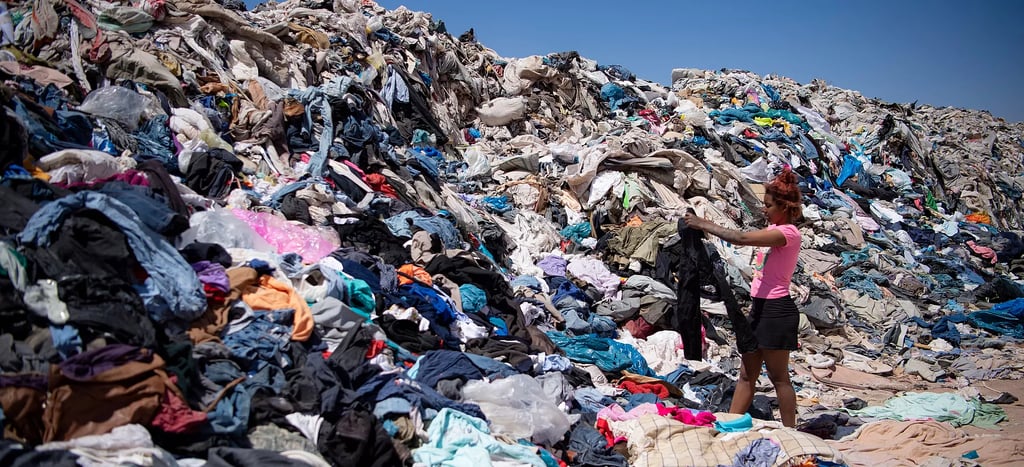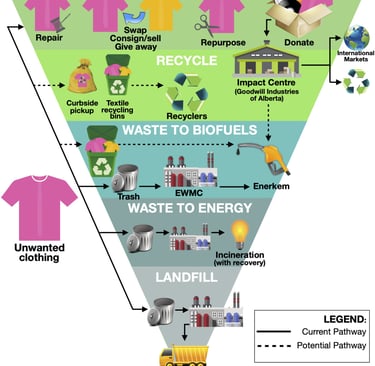What do Zara, H&M, Shein, and Other Fast Fashion Brands have to do with the Environment?
I swiped through another reel on my phone lying on my bed when I came across a woman talking about fast fashion. Listening to her, I realized that the connection between fast fashion and the environment is seldom discussed. But what exactly is fast fashion, and how does it harm the environment?


I swiped through another reel on my phone as I was lying on my bed wearing just another H&M top when I came across a woman talking about fast fashion and sustainability. Listening to her, I realized that the connection between fast fashion and the environment is seldom discussed. But what exactly is fast fashion, and how does it harm the environment?
Fast fashion can be described as the rapid production of cheap quality clothing according to the latest short-lived trends. Brands such as Zara, H&M, Shein, and countless others are often referred to as fast fashion clothing brands. The clothes produced by them are worn only a few times before being discarded as soon as a new trend comes into play. Fast fashion started as a method to exploit minimum wage workers in Asian countries such as Bangladesh. It was an efficient and faster way for companies to gain maximum profit. As the workers were paid minimum wage and the clothing material was of the lowest quality while the costs of these clothes due to brand labels were quite high, the companies are able to earn a lot more than what they paid.
This industry also brings into the large question regarding the impact on the climate or the environment. A lot of you might be wondering about how the fashion industry has any impact on the environment. But you’ll be surprised to find out that the fashion industry contributes to about 10% of carbon emissions produced by humanity. Not only that, it also contaminates water sources as 85% of textiles are dumped into the water leaving plastic all around the ocean. The biggest issue with the fast fashion industry is the amount of waste it produces. In today’s world where trends last for a very short amount of time and are heavily influenced by what is portrayed on social media, people are constantly looking for new clothes to be able to ‘fit in.’ This, in turn, leads to them buying clothes from stores such as Zara and Shein where they produce new styles of clothing every few weeks or so. The old clothes they possess are put in the wastebasket where they end up being dumped into either landfills or the ocean. As most clothes are made of synthetic fiber such as polyester, it takes ages for them to break down, harming the environment to a high extent in the process.


So, what can we do as the newer generation to curb the harmful effects it causes to the environment? Well, the first step would be to buy less. Get clothes that you know you will use for a long time or until it wears out completely. And even then, buy fewer clothes. You don’t need fifteen pairs of jeans stocked in your cupboard when at the end of the day, you are only going to use three of those. Another would be to donate. Instead of throwing away your clothes in the dump, donate them to people who need them more. Countless non-profit organizations are always looking for clothes to be donated to provide to people. Find the ones closest to you! Lastly, support small brands or local brands that are environment-friendly!


Fast fashion may seem exciting because of all the new clothes, however, we should always be wary of the harmful consequences of an adventure. By making better choices about what we buy and how we care for our clothes, we can help protect our planet. Every little bit helps, and together, we can make a big difference!


Image courtesy of Krogman, Degenstein and McQueen (2021)
Photo courtesy of Martin Bernetti/Getty Images
Photo courtesy of Wikimedia Commons
Photo courtesy of Public Eye
